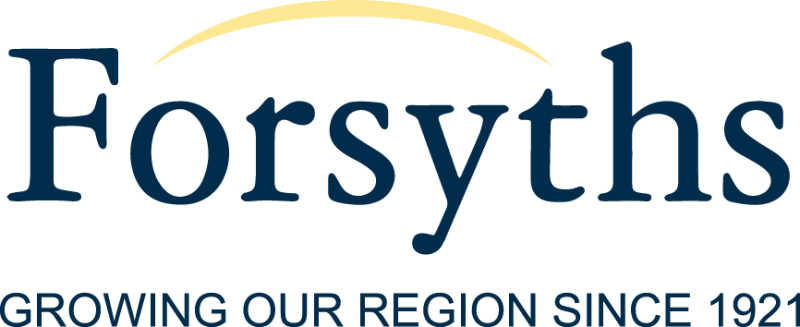
Super Guarantee Increases 11%
The increase to the superannuation guarantee (SG) rate from 1 July 2023 will see more employees (and certain contractors) entitled to additional SG contributions on their pay. But what happens when income earned before 30 June is paid after 30 June 2023 – will employees be entitled to the higher SG rate of 11%?
SG is based on when an employee is paid.
On 1 July 2023, the SG rate increased from 10.5% to 11%. In some cases, an employee’s pay period will cross over between June and July when
the rate changes. However, the percentage employers are required to apply is determined based on when the employee is paid, not when the
income is earned. The rate of 11% will need to be applied to all ordinary time earnings (OTE) that are paid on and after 1 July 2023, even
if some or all of the pay period it relates to is before 1 July 2023.
This means if the pay period ends on or before 30 June, but the pay date falls on or after 1 July, the 11% SG rate applies on those salary and wages. The date of the salary and wage payment determines the rate of SG payable, regardless of when the work was performed.
Example:
Nicholas is an employee of ABC Pty Ltd.
If Nicholas performed work:
- In June (or partly in June and partly in July) but he was paid in July, the SG rate is 11% on his entire payment and contributions, totalling 11% of his OTE for the September 2023 quarter. This must be made to his superannuation fund by 28 October.
- In July, but was paid in advance (before 1 July), the SG rate is 10.5% and contributions totalling 10.5% of his OTE for the June 2023 quarter must be made to his superannuation fund by 28 July.
SG rate will continue to rise
Employers should prepare for ongoing, annual increases to the SG rate over the coming years. The following already-legislated increases to
12% by 2025 will proceed as follows:
| Period | SG rate (%) |
| 1 July 2020 - 30 June 2021 | 9.5 |
| 1 July 2021 - 30 June 2022 | 10 |
| 1 July 2022 - 30 June 2023 | 10.5 |
| 1 July 2023 - 30 June 2024 | 11 |
| 1 July 2024 - 30 June 2025 | 11.5 |
| 1 July 2025 onwards | 12 |
Basis of SG
SG is only payable on a workers’ OTE. OTE is the amount you pay employees for their ordinary hours of work, including things like
commissions and shift loadings, but not in relation to overtime hours (being those outside the ordinary hours stated in a worker’s award or
other employment agreement).



